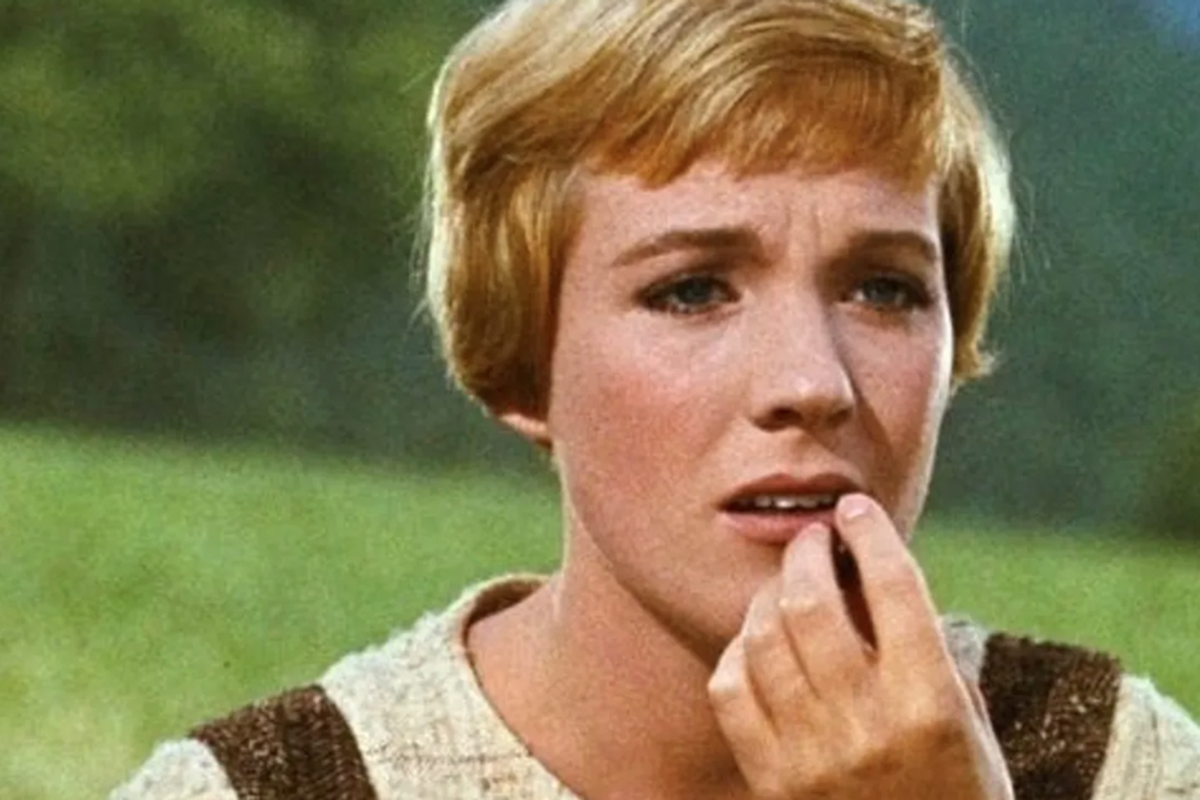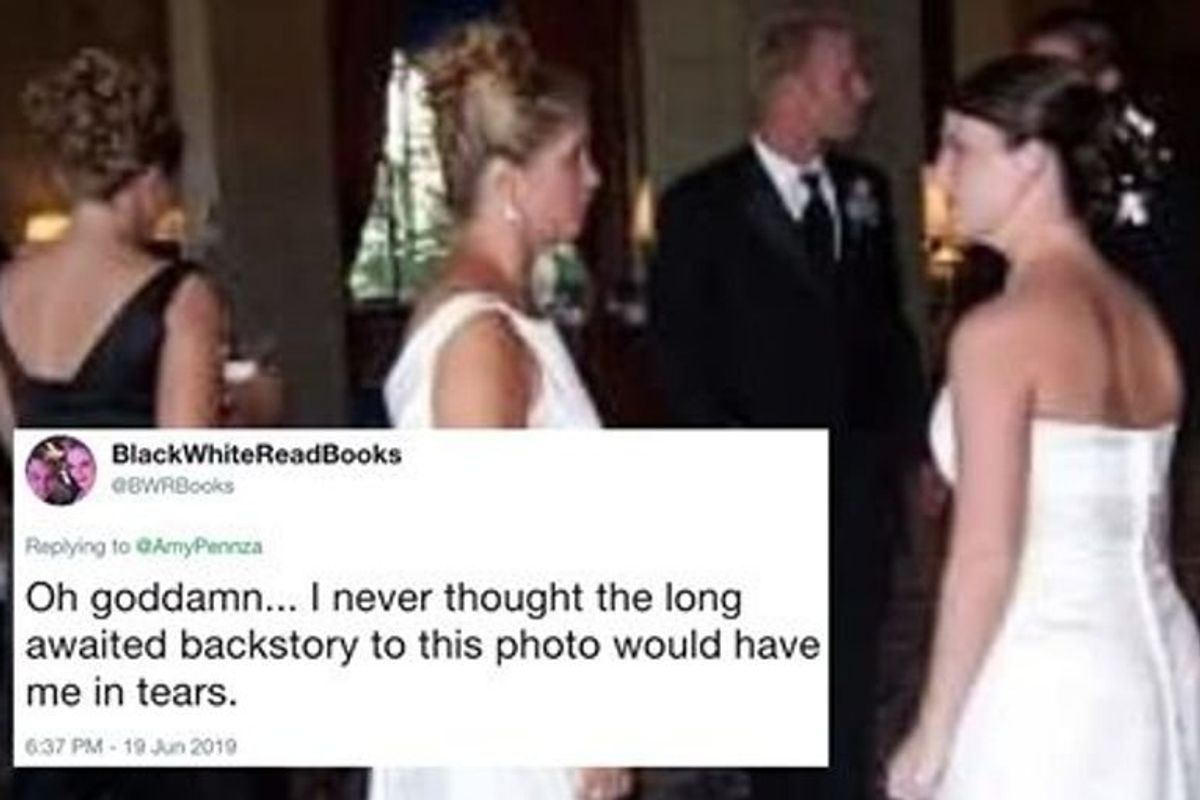Chalk up another big potential win for science – it just helped one kid avoid some of the devastating effects of sickle cell disease.
Sickle cell disease is a chronic, genetic blood disorder that affects about 100,000 Americans. It can affect anyone, although it disproportionately occurs in African-Americans. It’s manageable with medicine and proper care, but can still be dangerous and extremely painful. It's a lifelong condition.
Or, maybe not. Because that last part — about it being a lifelong condition – might be changing.
A French teenager may have just dodged most of the effects of the disorder thanks to gene editing.
A worker preparing cells for gene editing research. Ben Birchall/PA via AP.
That's according to a March 2, 2017, report in The New England Journal of Medicine.
Sickle cell is caused by a single genetic typo in the gene that produces hemoglobin — an important blood protein. That typo can cause normally disc-shaped red blood cells to warp into sickle-shaped crescents.
On the right are normal-shaped red blood cells. On the left is one deformed into the classic sickle shape. Image from Sickle Cell Foundation of Georgia.
These can get trapped in small blood vessels, causing painful, sometimes dangerous blood clots.
The researchers behind the study used gene editing to install a typo-free copy of the gene into the DNA of some of the boy's cells.
A modified virus shepherded a copy of the normal hemoglobin gene into the boy's bone marrow stem cells (which produce red blood cells).
Now, more than two years later, about half of the boy’s red blood cells are carrying that normal protein.
"It’s not a cure, but it doesn’t matter," explained Philippe Leboulch, who helped invent the therapy, because the results were enough for the patient to avoid most of the effects of sickle cell.
Other gene therapy studies for sickle cell are also underway in Los Angeles and California.
The treatment is still preliminary work, but if it holds out in the long run, it could be a huge win for a lot of people.
In Indianapolis, a newborn's blood is taken to test for inherited diseases such as sickle cell. Photo from AP Photo/Michael Conroy.
"It could be a game changer," Oxford geneticist Deborah Gill told New Scientist. "The fact the team has a patient with real clinical benefit, and biological markers to prove it, is a very big deal."
In the past, researchers have had success fighting sickle cell with stem cell transplants, but finding a compatible donor can be difficult for many patients. Gene therapy, however, only needs one person — the patient.
Of course, there's still a ways to go before this could be widely available. But if it works out, this technique could help over 100,000 Americans live without the chronic pain of sickle cell. Which is the very definition of "a very big deal."



 Tony Trapani received the most important letter of his life, but he didn't see it for 50 years Photo by
Tony Trapani received the most important letter of his life, but he didn't see it for 50 years Photo by  Tony and Samuel didn't waste time thinking about what might have been if he'd seen the letter earlier. Photo by
Tony and Samuel didn't waste time thinking about what might have been if he'd seen the letter earlier. Photo by 
 Katie hasn't had a chance to learn to be a dog.
Katie hasn't had a chance to learn to be a dog. Katie loved getting pets from Rocky.
Katie loved getting pets from Rocky.

 Christopher Plummer and Julie Andrews on location in Salzburg, 1964
Christopher Plummer and Julie Andrews on location in Salzburg, 1964 